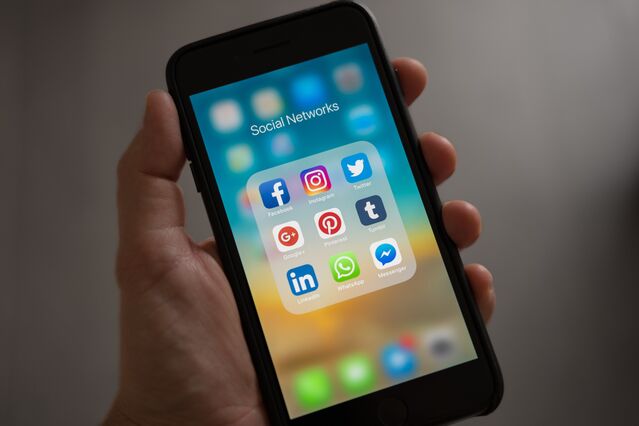Media
Here’s What Becoming a Nanoinfluencer Did to My Brain
I thought knowing the side effects of social media would protect me. It didn't.
Posted August 1, 2021 Reviewed by Kaja Perina
Key points
- When study subjects saw the number of "likes" on their posts, areas associated with the brain's reward circuitry lit up on fMRI.
- A 2020 cross-sectional study of 387 medical students showed an association between heavy smartphone use and hand pain.

In the beginning of the pandemic, I started an Instagram account. I wanted to post slice-of-life cartoons drawn from my experience as a new doctor. I didn't know much about Instagram besides the fact that it was a social media platform centered on image sharing, which I thought would be ideal for my project. I shot for what I thought was a modest goal of drawing in 1,000 people to subscribe as "followers," which would place me at the "Nanoinfluencer" level, according to the users' vernacular.
My viewership grew with every post—other medical cartoonists with enormous followings promoted my pieces. With every new like, comment, and subscriber, I felt a rush of joy. However, as a doctor, I knew the effect that the app was having on my brain. Every morsel of online validation cemented the instantaneous, dopamine-driven feedback loops crafted by the tech wizards of Menlo Park, all to alter my behavior.
In an experiment conducted by UCLA's Ahmanson–Lovelace Brain Mapping Center, researchers told teenage participants that they would be test driving an app similar to Instagram. They then showed participants 148 photos on a computer, including 40 photos submitted by each participant. Researchers also assigned each post a set number of "likes" supposedly given by others. When participants saw the number of likes on their posts, areas associated with the brain's reward circuitry, socialization, and visual attention lit up on fMRI.
Instagram was the first site that I checked every morning and the app that I would open idly out of habit. Then I started reframing every bizarre, funny, or strange interaction in the hospital with the thought, "I wonder how this scenario would look as a cartoon?"
My personal breaking point came when I started feeling a strain over the base of my right thumb, also known as the metacarpophalangeal joint. My cell phone use had strained my thumb in a condition that physicians have started calling "smartphone finger," in which repetitive movements leads to strain on the hand's complex mechanism of tendons, joints, and nerves. A 2020 cross-sectional study of 387 medical students (who, like me, probably should have known better) showed an association between heavy smartphone use and hand pain.
My stiff thumb was more of a mild nuisance than a serious condition. Still, as a part of my training as a physician, I needed to master several delicate procedures, many of which require dexterity with forceps and scalpels. So unless I wanted to put my future livelihood at risk, I had to nip my social media habit at the bud. I still wanted to draw comics and share them with my audience, but I had to wean my brain off social media. I logged out of my account and set an in-app timer reminder on Instagram (a feature that demonstrates the company's acknowledgment of its own addictiveness).
Now I spend much less time on social media, but old habits are hard to break. I am still aware of the easy dopamine rush that my Instagram app can bring, and every once in a while, I have to stop myself from mindlessly reaching out for my phone. Despite everything I already knew about social media and its effects on the brain, no amount of foresight could prevent social media from insinuating itself into my daily habits and thought processes. And as I often remind my patients, the best medicine is prevention, which would require that we not descend into the rabbit hole of social media in the first place.


